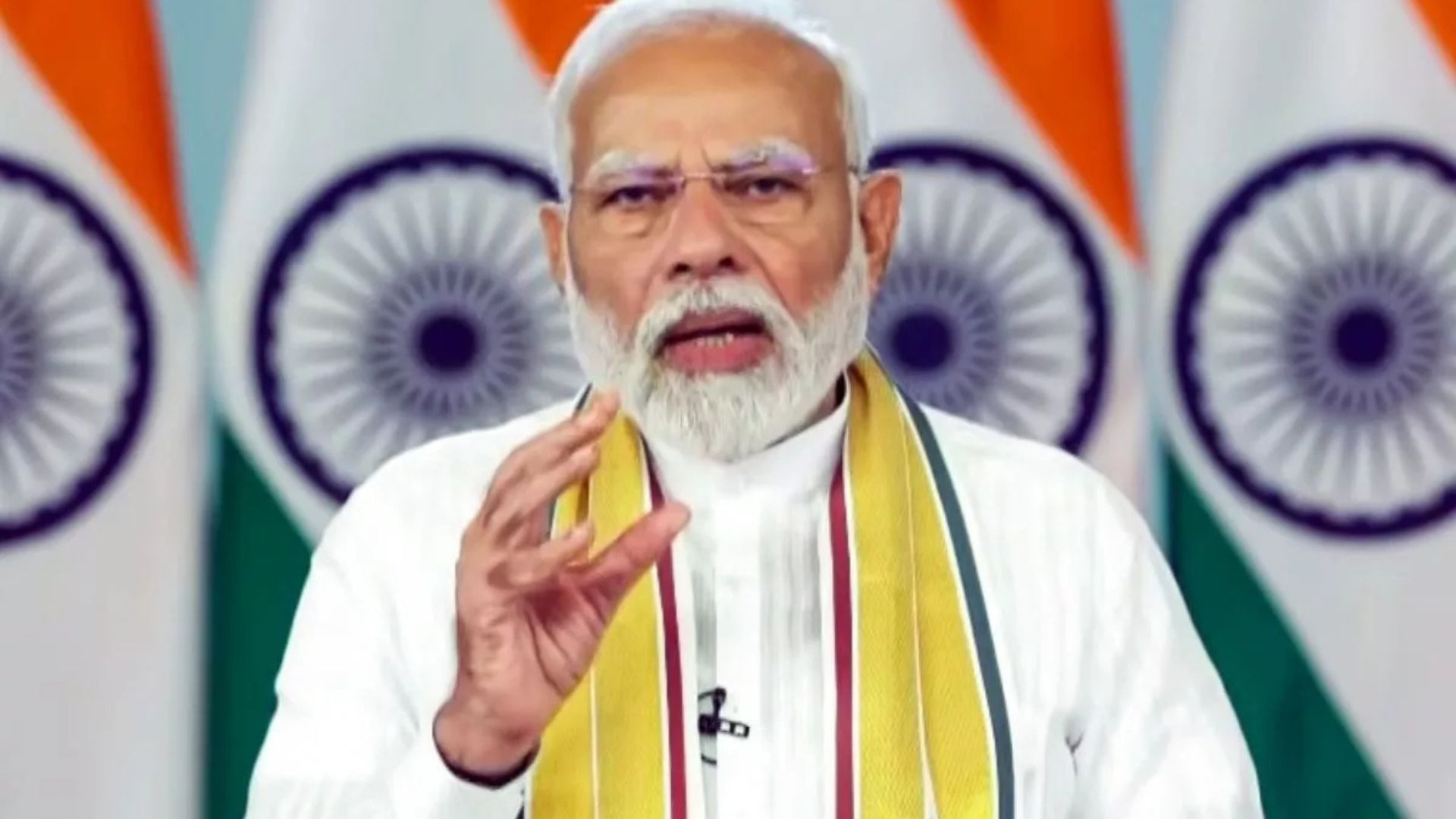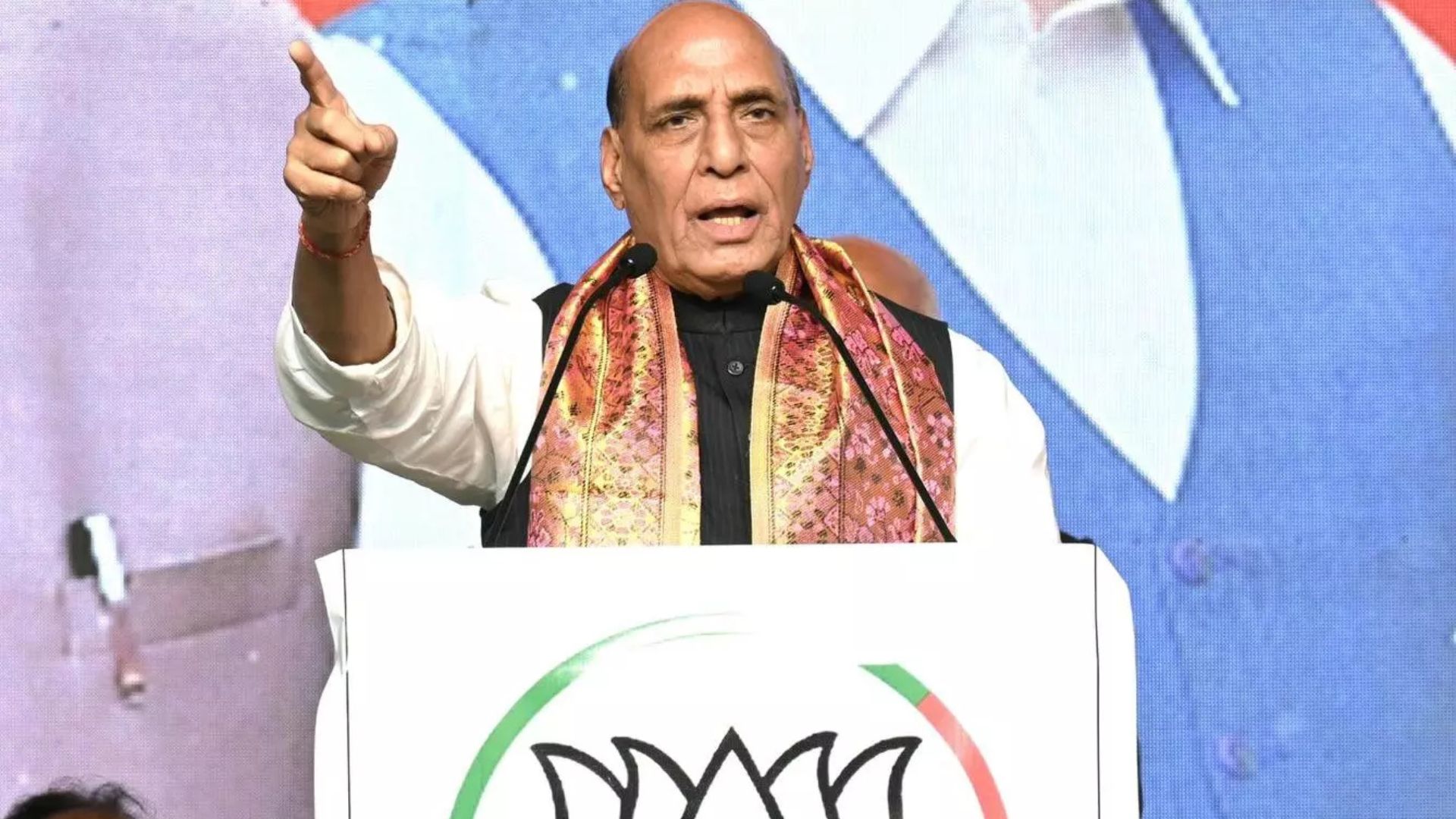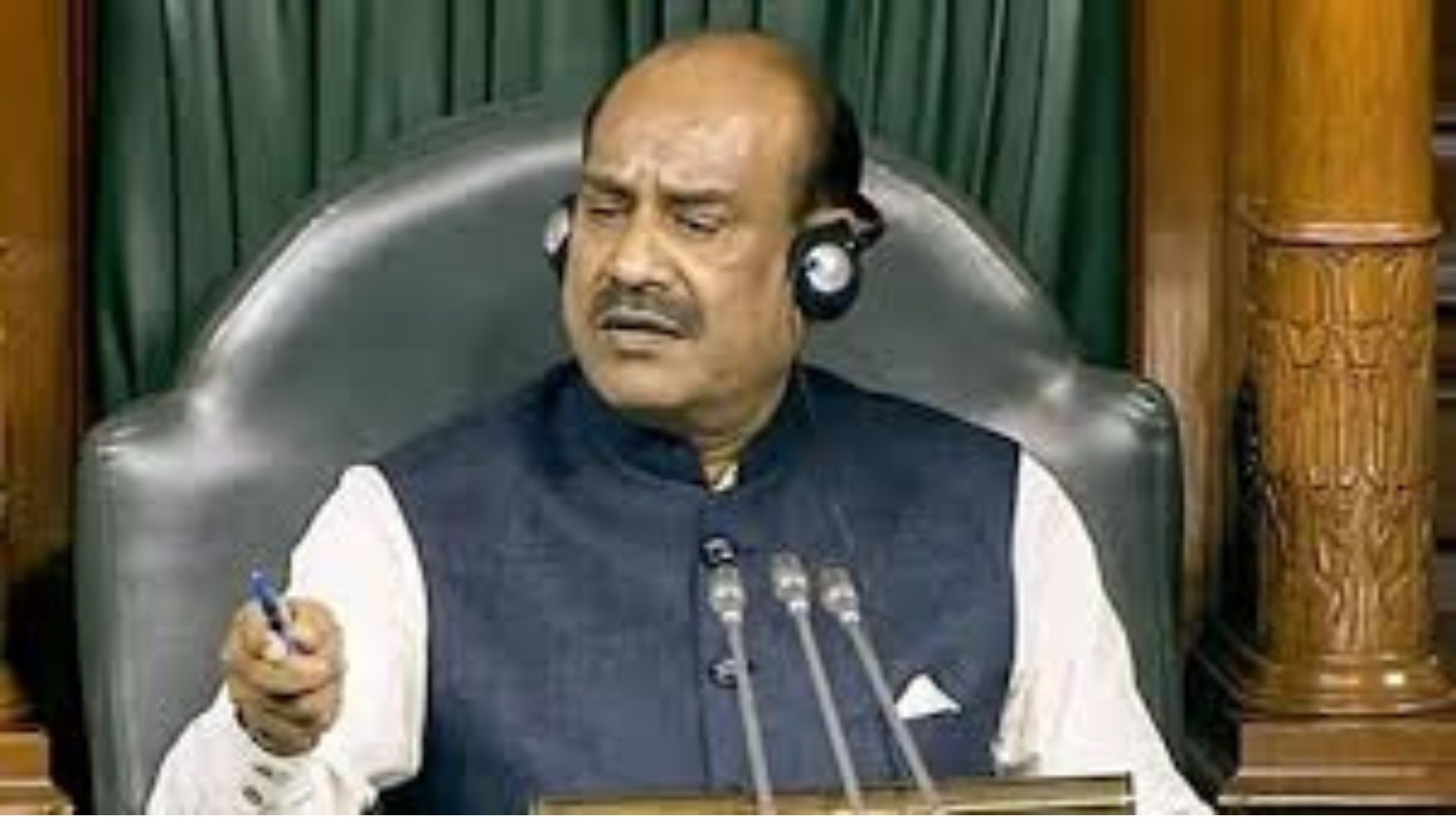
Despite the decline of US CPI to 3.1% in Jan-24 compared to 3.4% in Dec-23, it is below the consensus expectations of 2.9%. The recently published ISM services data for US has increased at 53.4 in Jan’24, compared to 50.5 in Dec’23. Despite core inflation softening, in a recent interview the Fed Chairman Jerome Powell said that there is a need to wait further to ensure the recent softness of the inflation is sustainable at attaining 2 per cent target inflation rate. The market expectation, therefore, has shifted from March’24 to May-June 2024 for the first rate cut, depending on the future inflation scenario.
According to the IMF January 2024 World Economic Outlook (WEO), global growth is projected at 3.1 percent in 2024 and 3.2 percent in 2025, with the 2024 forecast 0.2 percentage point higher than that in the October 2023 World Economic Outlook (WEO) on account of greater-than-expected resilience in the United States and several large emerging market and developing economies, as well as fiscal support in China.
However, two big economies namely Japan and UK are suffering negative growth. The UK economy fell into a recession in the second half of 2023. The Office for National Statistics (ONS) said the economy grew 0.1 per cent across 2023 compared with 2022. The Bank of England (BoE) has said it expects output to pick up slightly in 2024 but only to 0.25 per cent growth. The Finance Minister Jeremy Hunt is most likely to cut spending substantially to fund pre-election tax cuts.
Japan’s 4Q23 GDP declined -0.1% quarter-on-quarter (QoQ) (0.2% market consensus). Domestic demand was particularly weak. Private consumption fell -0.2% (vs revised -0.3% in 3Q23). While durable goods consumption has increased (6.4%), semi-durable (-1.7%) and non-durable (-0.3%) goods consumption declined. The yen weakened further due to Japan unexpectedly falling into a technical recession in Q4 2023, and therefore, the rate hike expectations may be delayed.
China continues to face headwinds, and the policies to revive the economy don’t remain very effective. The People’s Bank of China kept the one-year loan prime rate (LPR) unchanged at 3.45% as expected, but startlingly cut the five-year LPR by 25bp to 3.95%, the first time the five-year rate was cut since May 2023, despite such measures, the economy is yet to revive.
Amid such global developments, the progress of the Indian economy is sustained, and the growth prospects remain brightened. The National Statistics Office (NSO) has estimated India’s real GDP to grow at 7.3 per cent in FY24 in its first advance estimates released in January. The RBI’s Survey of Professional Forecasters (SPF) has upgraded India’s real GDP growth from 6.4 per cent to 7.0 per cent. The International Monetary Fund (IMF), in its January 2024 World Economic Outlook (WEO), revised India’s growth projections to 6.7 per cent from 6.3 per cent in its October 2023 outlook (WEO).
The Headline inflation has softened at 5.1 per cent in Jan’24 from the 5.69 per cent in Dec’23. Core inflation has eased from 3.9% in December to 3.6% in January, staying below the 4% threshold for two consecutive months. The fall in overall inflation came after two consecutive months of rise. At the all-India level, inflation in the food & beverages group fell to 7.58% cent in January 2024 from 8.7 per cent in December 2023. Under the sub-group level of Food and Beverages segment, inflation for Cereals and products marked the sixth consecutive month of decline, dropping to 7.83% cent in January after remaining in double digits for 15 consecutive months from September 2022 to November 2023.
The RBI has announced its monetary policy on 8 Feb 2024, and kept the policy repo rate unchanged. The RBI has highlighted that, large and repetitive food price shocks are interrupting the pace of disinflation that is led by the moderation of core inflation, and possibility for a rate cut would arise when RBI would be sure about the 4% durable disinflation. For India, a positive trend is that CPI has softened at 5.1% in Jan’24, declined from 5.7% from Dec’23. Further, core inflation has shown downward trend. Nevertheless, we have to wait for a rate cut initiation unless the RBI is confident that the inflation is declining at a sustainable basis towards 4 per cent or less than that. The big expectation is that the RBI would probably change stance towards neutral in its Apr-June’24 policy before any policy rate reduction. Going forward, India’s macro variables are expected to remain stable. The external export distortions are due to global slowdown and ongoing red sea crisis.
Vipin malik, Chairman & Mentor, Infomerics Ratings.
Sankhanath Bandyopadhyay, Economist, Infomerics Ratings.















